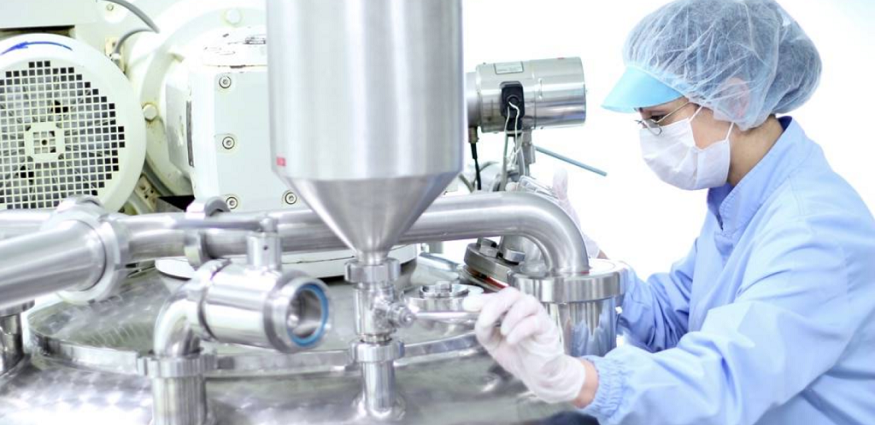From cleaners and degreasers to disinfectants and solvents, most households rely on a range of chemical products to keep things clean and functional. But what often gets overlooked is how—and where—these products are stored. When improperly managed, even everyday substances can pose serious health and safety risks. Fortunately, a few simple practices can go a long way in reducing those dangers and making your home a healthier place for everyone.
Why Storage Matters More Than You Think
Products like bleach, glass cleaners, and multipurpose sprays might seem harmless, but when stored incorrectly, they can lead to accidents, exposure, or environmental harm. Organizing and securing chemical products properly doesn’t just improve safety—it also keeps your space more efficient and easier to manage.
Always Start with the Label
Every chemical product includes essential guidance for how it should be stored. Whether it’s avoiding heat or preventing exposure to sunlight or moisture, those directions exist for a reason. Some combinations—like bleach and ammonia—can become toxic if mixed, even unintentionally. Reading and following instructions is the first line of defense.
Store Safely, Especially Around Kids and Pets
Convenience is important, but safety should come first. Common storage spots like beneath the sink are easily accessed by small children or pets. Instead, place chemical products in elevated cabinets or secured storage spaces with childproof locks. This reduces the risk of accidental ingestion or contact.
Inspect and Replace as Needed
Time takes its toll on packaging. Bottles can crack, caps can loosen, and labels can fade. Set a regular schedule to inspect your stored chemicals for damage or leaks. If you spot cracked containers or strong odors, it’s safer to dispose of them through proper channels and replace them with fresh stock.
Label Clearly—Even Repackaged Items
Transferring liquids into smaller containers is common, but without clear labeling, it becomes risky. Always mark any repackaged chemicals with both the product name and basic handling instructions. This prevents confusion and ensures safe usage later.
Tidy Storage Is Safer Storage
Group similar products using plastic bins, trays, or caddies—kitchen cleaners in one area, automotive supplies in another. This minimizes clutter, makes it easier to find what you need, and contains potential spills. It also helps you avoid buying duplicates by making your inventory more visible.
Dispose of Old Products Responsibly
When it’s time to get rid of expired or unused chemicals, don’t throw them in the trash or down the sink. Contact your city’s waste management department to find out about hazardous waste collection sites or community disposal events. Many areas offer safe, eco-friendly disposal options.
Conclusion: Simple Changes, Big Impact
Safer homes start with smarter storage. A little forethought when handling household chemicals helps protect your health, your family, and the environment. Whether it’s locking away dangerous products or improving how you label and organize them, each change reduces the potential for harm.
A few extra minutes today could prevent a costly or dangerous mistake tomorrow. With better chemical storage habits, you can keep your home cleaner, safer, and more sustainable—without the guesswork. For more on this, check out the resource below from SolvChemCustom Packaging Division, a chemical blending service.

